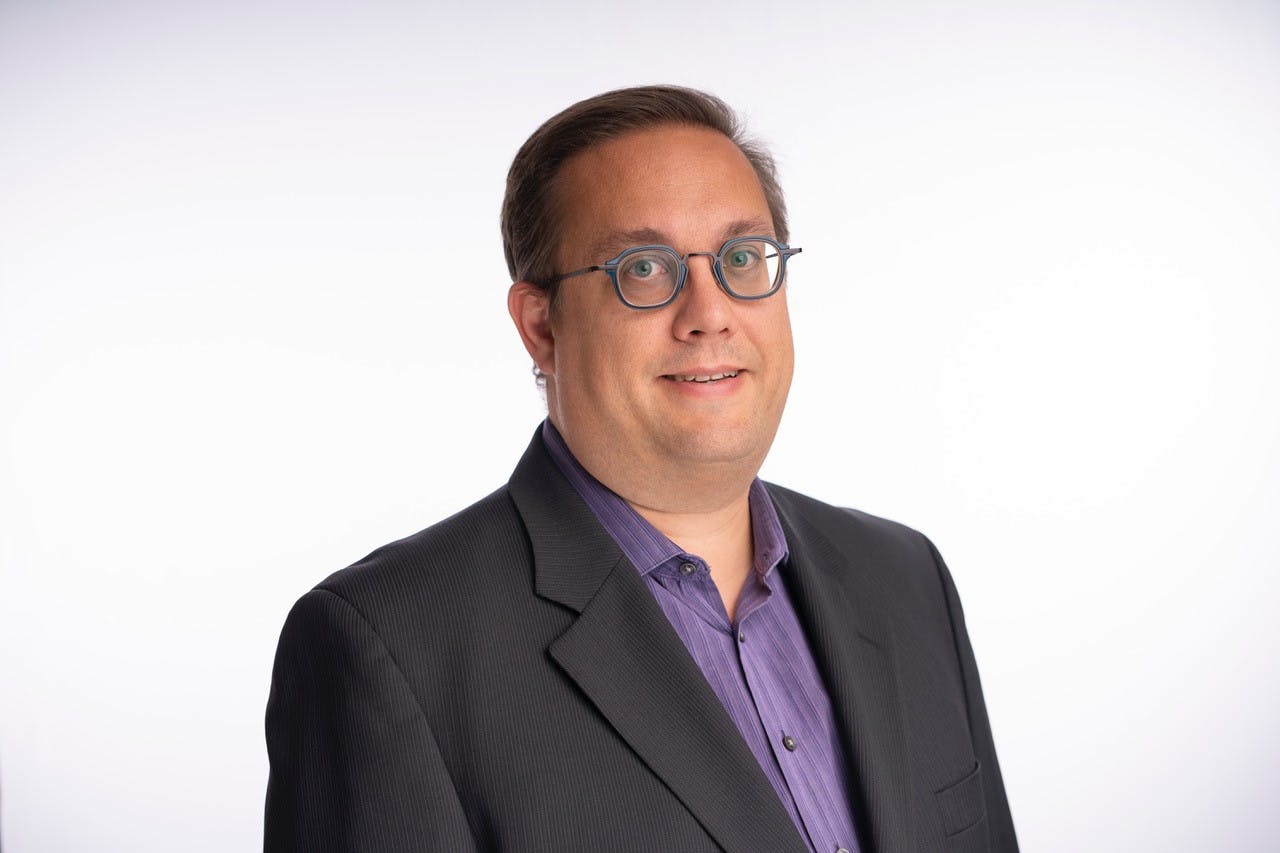Consultation on Policy for Standby Rates
This consultation has concluded.
The OEB has initiated a consultation with stakeholders to inform its approach to existing and future electricity distribution standby rates, including consideration of the approach to standby rates outlined in the OEB’s Commercial and Industrial Rate Design staff paper.[1]
- In 2006, the OEB declared existing standby rates interim, citing uncertain costs, and an upcoming review of distribution rate design.[2]
- In 2011, the OEB invited electricity distributors to apply to have their rates converted to final rates subject to notification of affected customers. [3] [4]
Currently, 11 electricity distributors have standby rates, seven of which are still on an interim basis. Finalizing the interim rates provides certainty to both distributors and customers.
The OEB would like to hear from participants about cost causation of standby service, incenting efficient use of the distribution system, the impacts of providing a backup service, and participant recommendations for standby rates.
[1] EB-2015-0043, Staff Report to the Board, Rate Design for Commercial and Industrial Electricity Customers, February 21, 2019
[2] EB-2005-0529, Decision with Reasons, March 21, 2006, page 11
[3] EB-2010-0219, Report of the Board – Review of Electricity Distribution Cost Allocation Policy, March 31, 2011
[4] Chapter 2 Filing Requirements, 2023 Edition for 2024 Rate Applications, December 15, 2022, page 48
This consultation has concluded.







